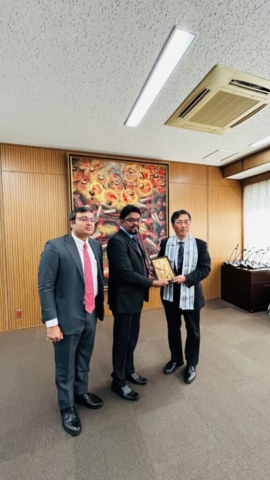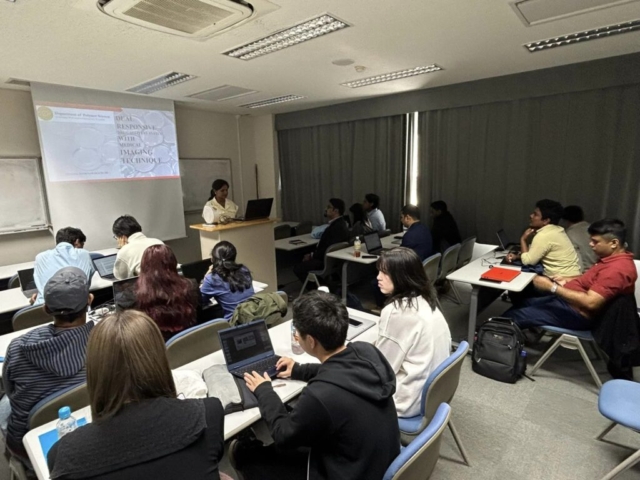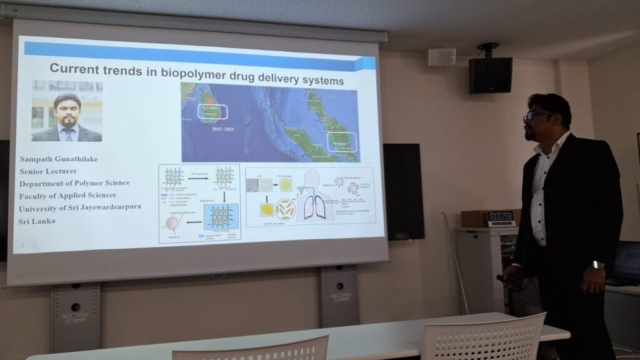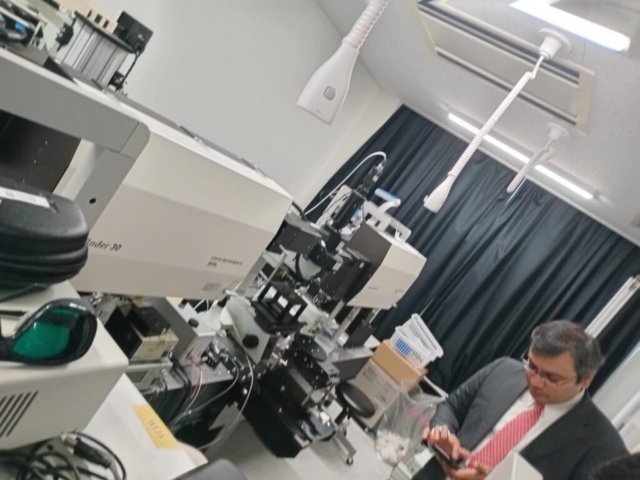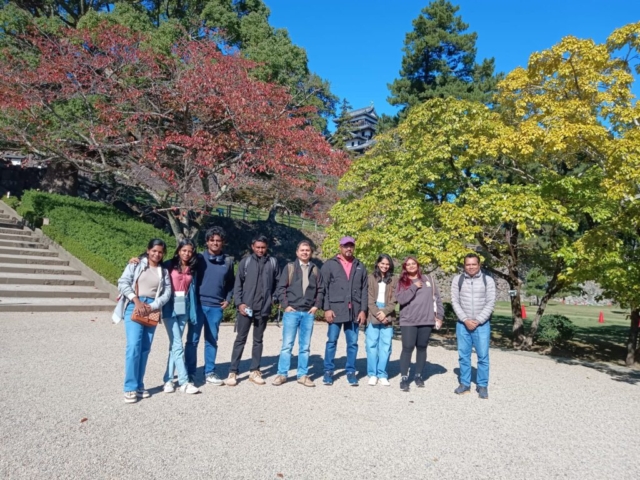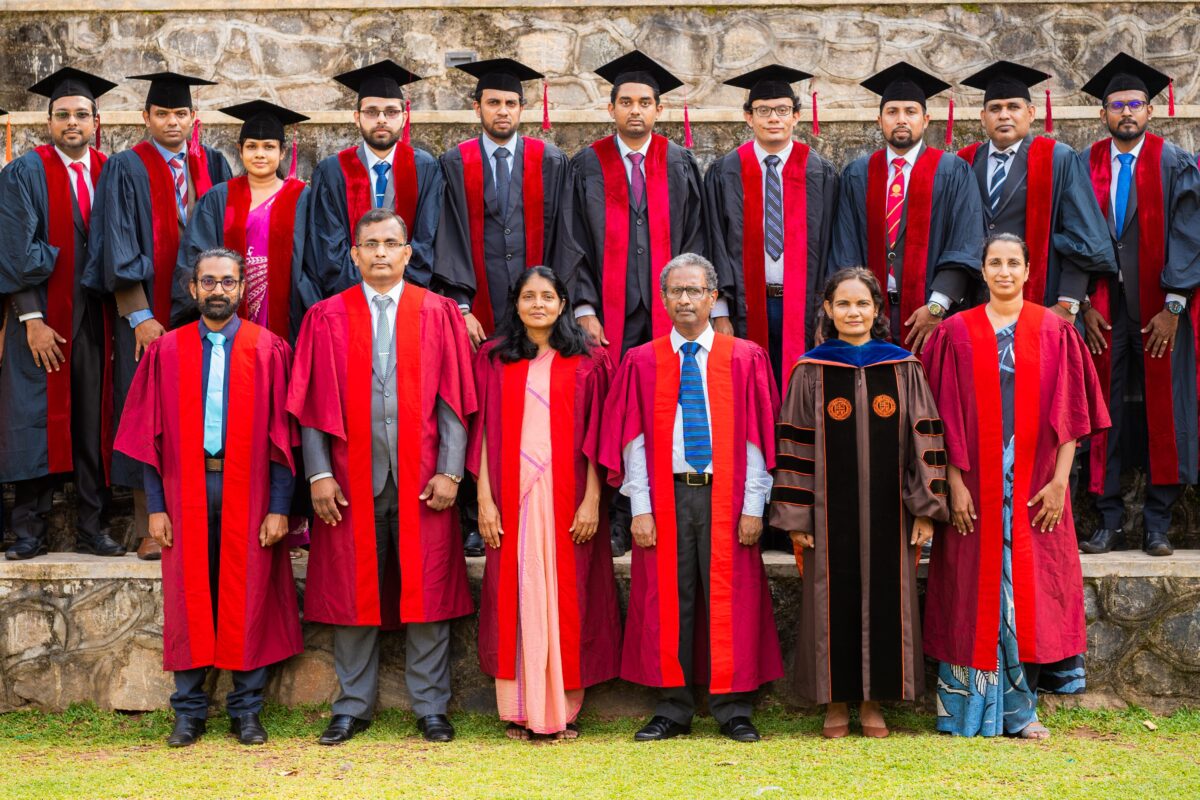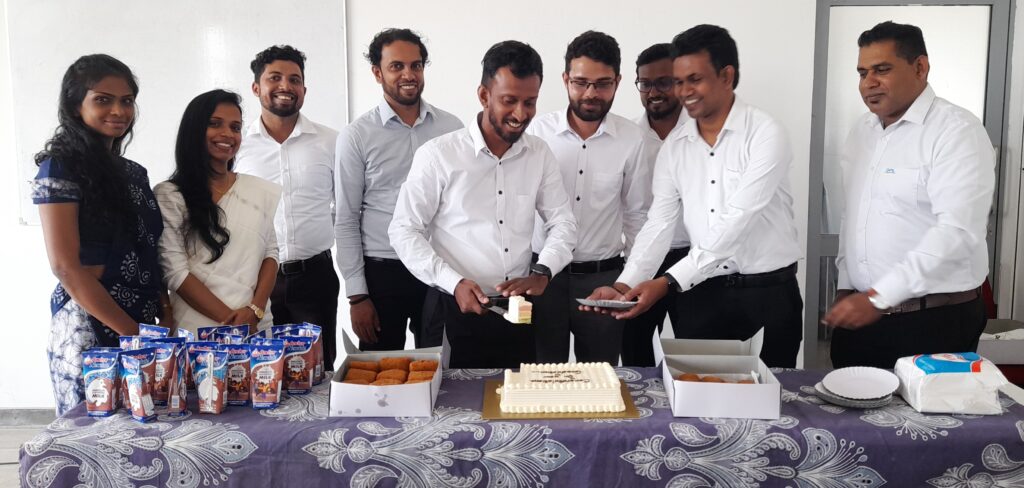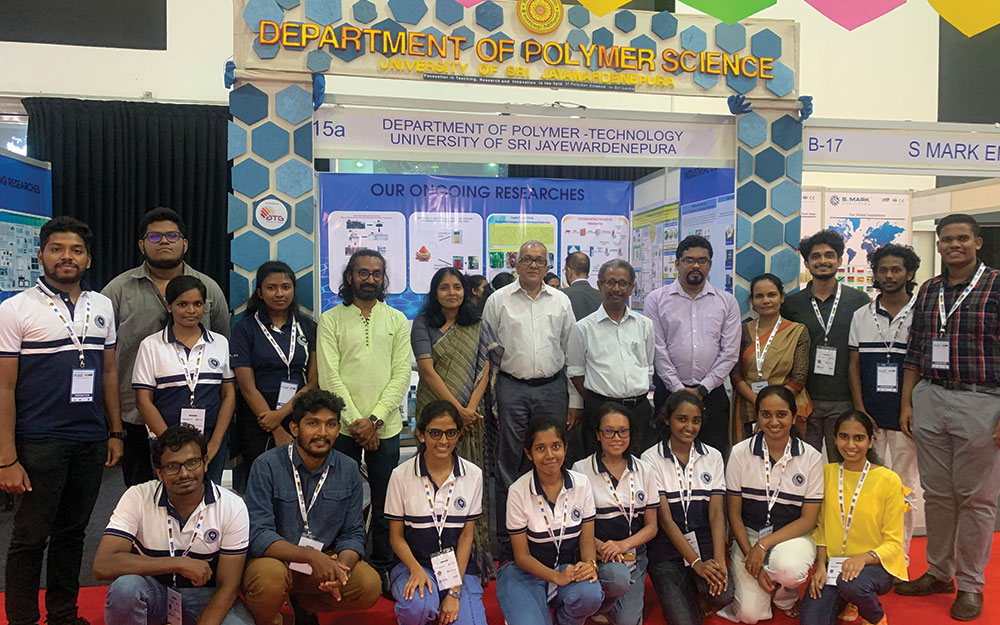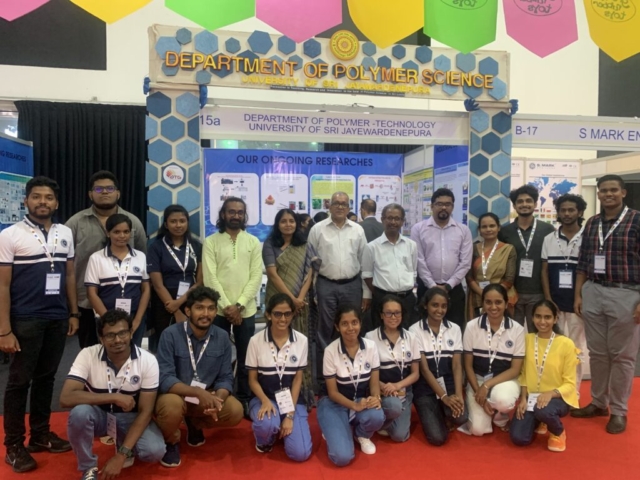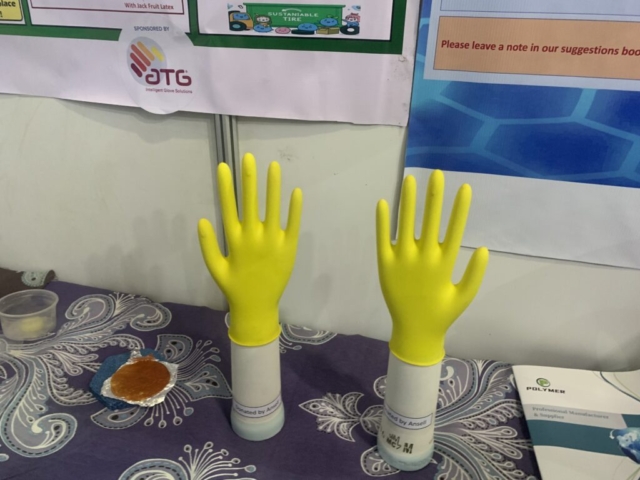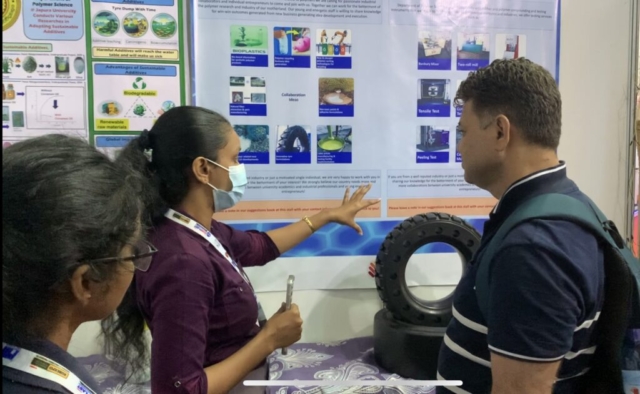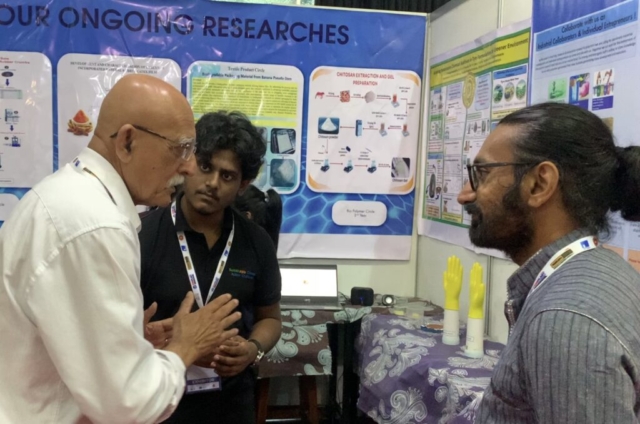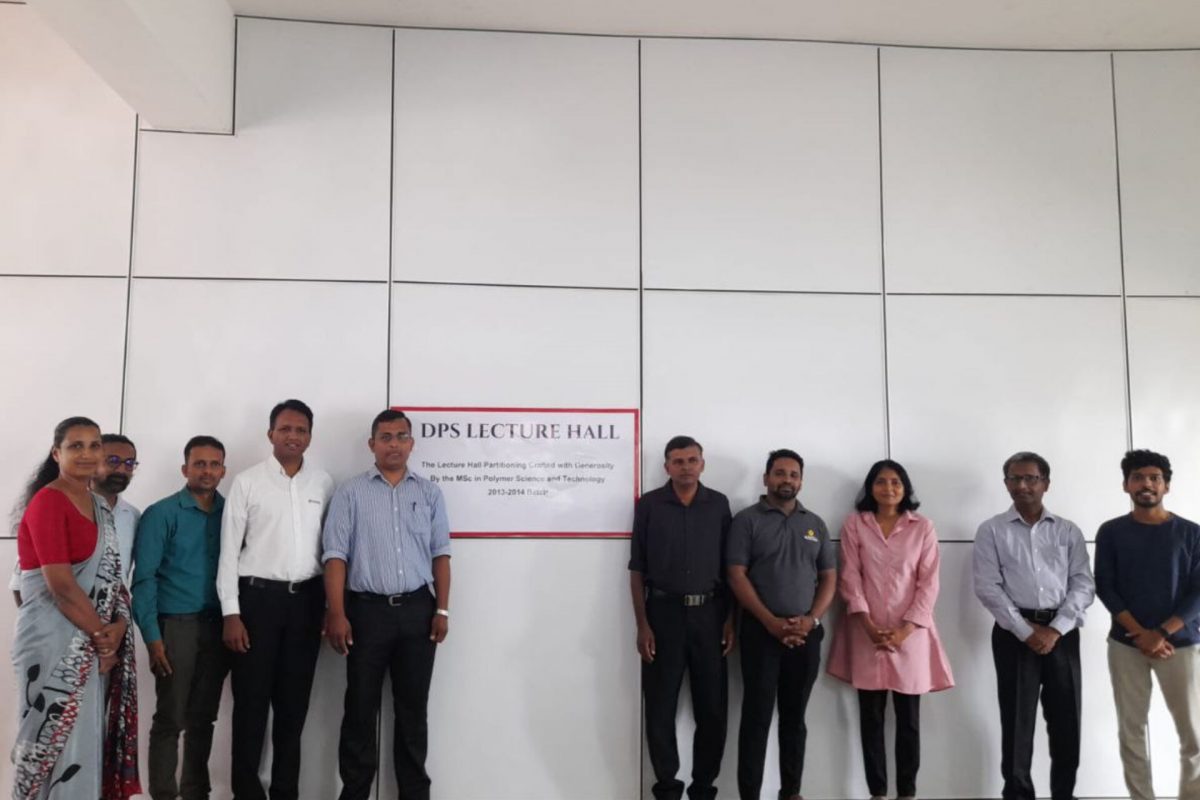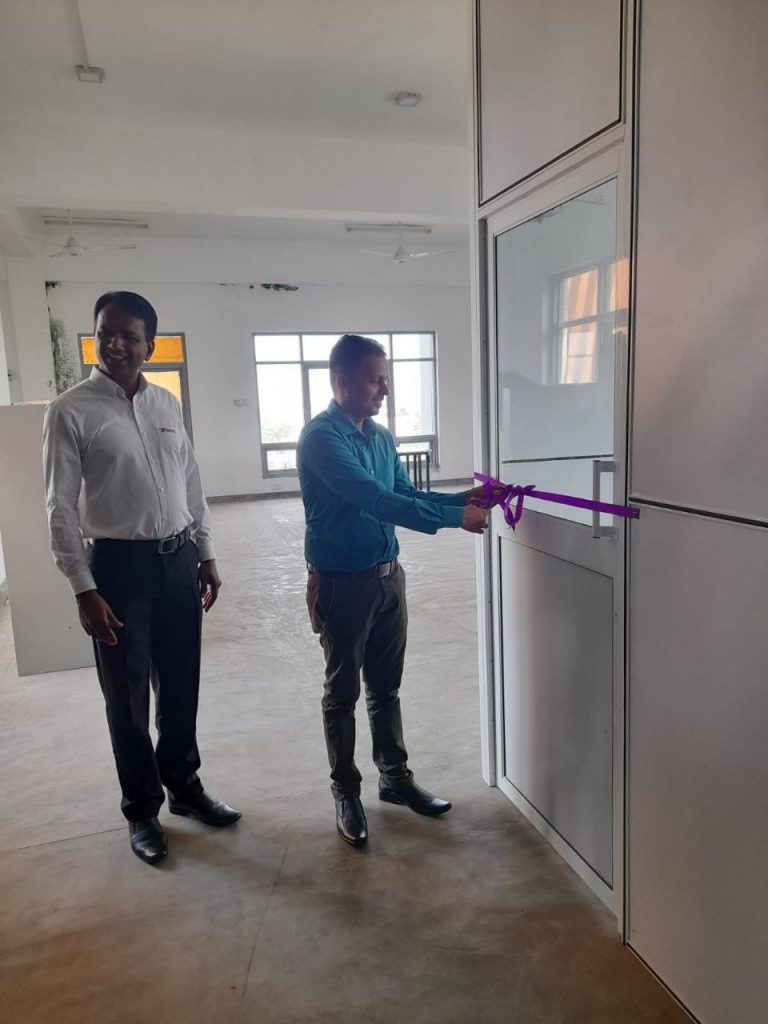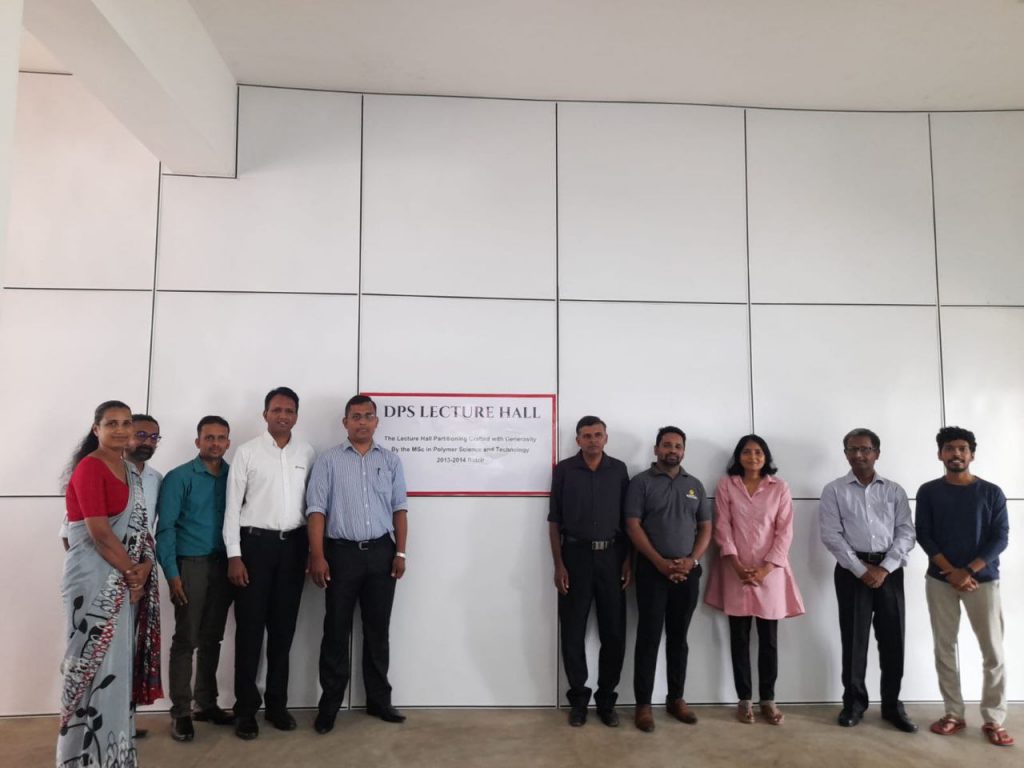The Japan Science and Technology Agency (JST) extended an invitation to Dr. Sampath Gunathilake and four students from the Department of Polymer Science, University of Sri Jayewardenepura, to visit Professor Hemanth Noothalapathi’s lab at Shimane University, Japan, as part of the esteemed SAKURA Science Exchange Program. This initiative aims to foster international collaboration in science and technology by inviting exceptional young academics from around the world to engage in enriching research experiences.
This invitation program, organized by the Faculty of Life and Environmental Sciences at Shimane University under the SAKURA Science Exchange Program, focuses on the theme “Development and Characterization of Novel Drug Systems Using Multimodal Imaging Techniques: Advancing Cancer Diagnosis and Treatment Methods”. Professor Noothalapathi actively engaged in a collaborative initiative with our students, fostering an enriching academic exchange. The program focused on enhancing students’ knowledge in the characterization of biomaterials using Raman spectroscopy and imaging. Professor Noothalapathi, along with faculty members and university staff, provided continuous support and created a highly collaborative environment.
Our team paid a courtesy visit to Professor Otani Hiroki, President of Shimane University. Professor Otani warmly welcomed the team and appreciated the ongoing research collaborations between the two institutions. He expressed his hope that this visit, facilitated by the SAKURA Science Exchange Program, would further strengthen relations and pave the way for enhanced student and faculty exchanges in the future.
In addition to their academic pursuits, the visitors had the chance to immerse themselves in Japanese culture. They explored several iconic locations that showcase Japan’s rich history and scenic beauty, including Hiroshima Peace Memorial Park, Izumo Grand Shrine, and Mount Daisen. These outings provided the group with a profound understanding of Japanese traditions and customs while allowing them to create lifelong memories and experiences.
The programme concluded successfully, resulting in several key outcomes, including an agreement to sign an MOU between the University of Sri Jayewardenepura and Shimane University, Japan, for a credit exchange programme for final-year undergraduate students. Participants gained hands-on experience in testing samples using Raman spectroscopy, explored cutting-edge research at Shimane University, and immersed themselves in Japan’s rich cultural heritage and natural beauty. They also had the opportunity to participate in an insightful lecture series on research ethics conducted by Shimane University. The event also fostered future research collaborations and facilitated research-based connections between undergraduate and postgraduate students, between our students and University of Shimane students.
More than just an intellectual endeavor, the SAKURA Science Exchange Program serves as a vital platform for strengthening ties between nations. It lays the groundwork for future research by facilitating interactions between students and faculty from different countries. Through knowledge exchange and cultural interaction, the SAKURA Science Exchange Program continues to play a crucial role in promoting international goodwill and collaboration.




